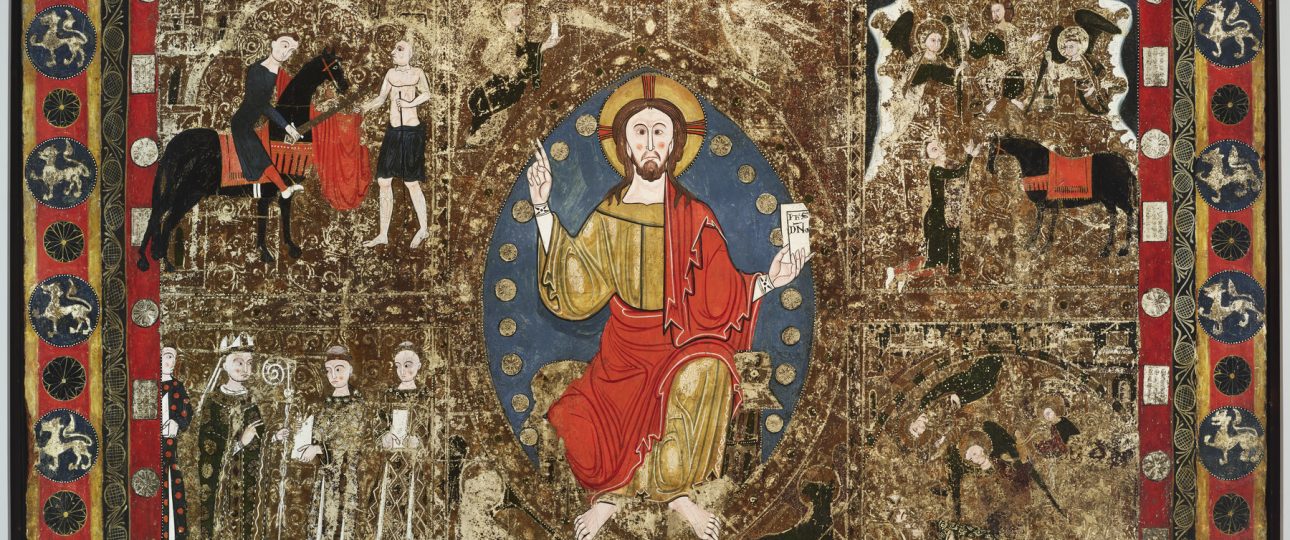Exploring the Museum of Saint Martin
The Museum of Saint Martin offers a deep dive into the island’s rich history and cultural tapestry. Located on the northern French side of the island, this museum provides a comprehensive look at the past and present of Saint Martin, making it a worthwhile stop for history enthusiasts and curious travelers alike.
Exhibits That Tell a Story
The museum’s exhibits span from ancient times to contemporary art, providing a well-rounded narrative of the island’s evolution. One of the standout sections is dedicated to the indigenous peoples who first inhabited the island. The Arawak and later the Kalinago (Carib) people left behind pottery, tools, and other artifacts that are thoughtfully displayed to illustrate their way of life.
Another significant exhibit focuses on the colonial era, highlighting the impact of European colonization. Artifacts from both Dutch and French influences are on display, including colonial-era furniture and historical documents. These exhibits offer a tangible connection to the island’s complex colonial past.
The museum also features contemporary artworks by local and international artists, showcasing the vibrant art scene of Saint Martin. The collection includes paintings, sculptures, and multimedia installations, providing a modern contrast to the historical exhibits.
Historical Significance
The museum is situated on the site of a former plantation, which played a significant role in the island’s history. Known as “La Plantation des Terres Basses,” it was once a thriving sugar cane plantation. This location adds an extra layer of historical context, reminding visitors of the island’s colonial past and the resilience of its people.
Planning Your Visit
- Best Time to Visit: The museum is open year-round, but visiting during the dry season from December to April is ideal. The weather is pleasant, and the island is less crowded, enhancing your experience.
- How to Get There: The main entry point to Saint Martin is the Princess Juliana International Airport on the Dutch side. From there, the museum is accessible by taxi or rental car.
- Local Transportation: Renting a car is recommended for exploring the island at your own pace. However, taxis and public transportation are also available for those who prefer not to drive.
While the Museum of Saint Martin provides a rich educational experience, it’s important to note that the island’s infrastructure can be affected by weather events, such as hurricanes. Planning ahead and checking local conditions can help ensure a smooth visit.




